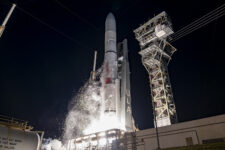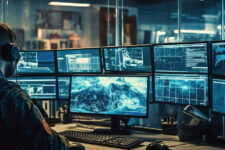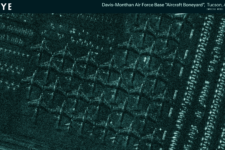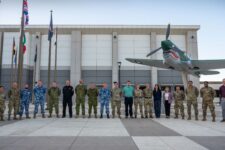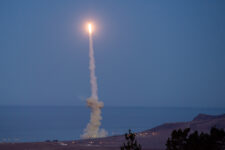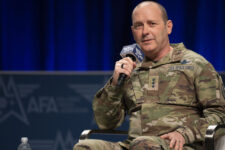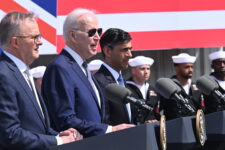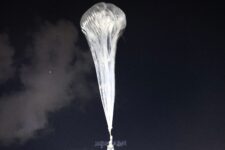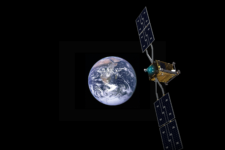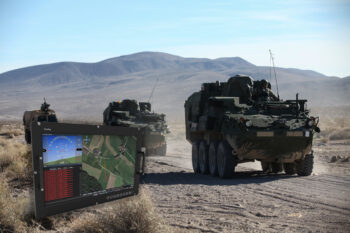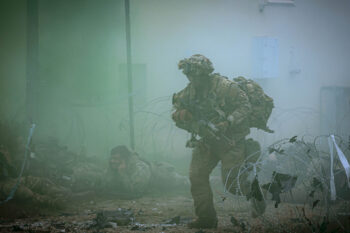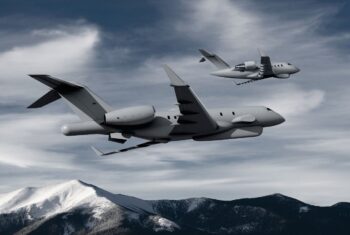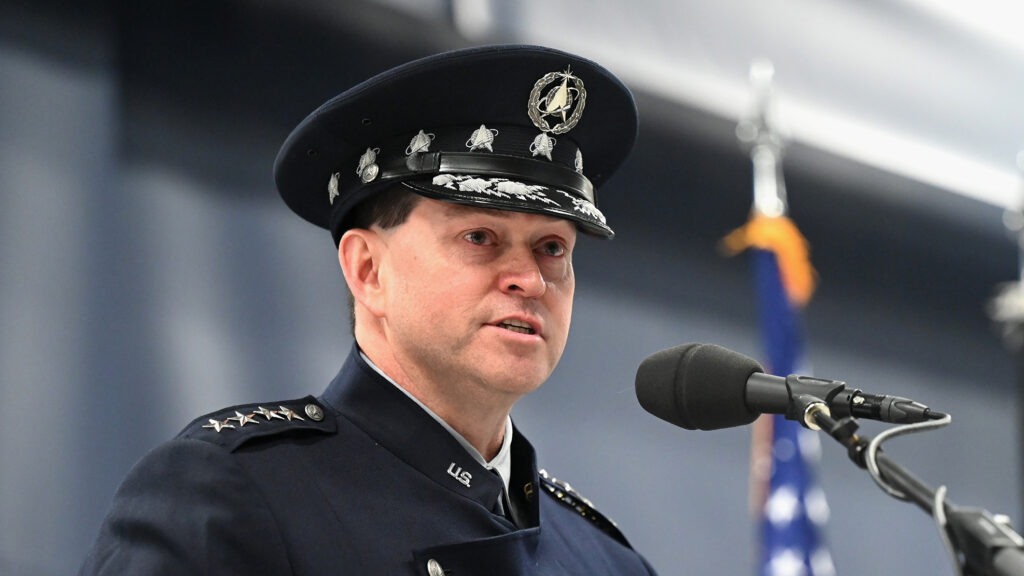
Chief of Space Operations Gen. Chance Saltzman. (US Air Force photo by Andy Morataya)
WASHINGTON — Creating a digital training environment is a key priority for the Space Force’s new chief officer as he focuses on ensuring the readiness of Guardians to face inevitable attacks on US space systems in future conflict. And Gen. Chance Saltzman made it clear today that there “absolutely” are funds in the fiscal 2024 budget to pay for the new simulators and “digital twins” required.
“I can’t give you the specific numbers yet, but we are investing in developing what I’m loosely calling an ‘operational test and training infrastructure,'” he told reporters at a Pentagon roundtable. “That’s kind of an umbrella concept, and it includes simulators, it includes ranges, it includes the testing equipment, it includes the digital engineering efforts.”
Saltzman has focused on readiness as part of his recently issued “lines of effort” for making the Space Force a success. In a series of one-page “Commander’s Notes” published Jan. 18, he said his top priority is the need to field “combat ready forces” comprising not just weapon systems, but also the personnel to operate them and the logistics tail needed to sustain them.
Saltzman explained that having the resources for training is important to meeting those readiness goals. To that end, he said the Space Force is working to “tighten those linkages” between the operators who need the training and the acquisition community, led by Air Force Assistant Secretary for Space Acquisition and Integration Frank Calvelli, in order to ensure that operational requirements can be met.
“Let’s not forget that [with] a lot of the things I’m talking about in terms of training and preparing, that’s also equipment that we have to buy — having high-fidelity simulators, having a virtual training environment, having the range infrastructure to practice this capability,” he said. “And we have to buy it quickly.”
One idea, he said, is to “take advantage of the work being done in acquisition and capabilities development” on creating “digital twins” for specific systems by “importing them into a training environment, so that “when a tactic is demonstrated in virtual space … we can actually draw conclusions” about whether it works or not.
“Rather than waiting to see if it works in a live environment, let’s see if we can model it,” he added.
The Space Force’s Space Readiness and Training Command (STARCOM), led by Maj. Gen. Shawn Bratton, has been working since even before its official standup in August 2021 to define a training regime for Guardians to meet the challenges of today’s contested space domain that takes advantage of modern technology, but also includes, as much as possible, live training on satellite operations.
This includes creation of a new “architecture” for the future National Space Test and Training Complex (NSTTC), starting with initial funding in FY24, Bratton told reporters last May.
He further stressed that digital models and simulations will be key to both testing and training for the Space Force, and explained that the plan is to “reuse” digital models developed and validated by the Space Warfighting Analysis Center (SWAC) for the development of force design, then provided to the acquisition gurus at Space Systems Command (SSC) to develop new weapon systems. In turn, he said, STARCOM will provide feedback to SWAC and SSC that will allow them to refine the models.
Anduril could receive up to $100M for Space Surveillance Network upgrade
Anduril’s Lattice software “will replace legacy communications systems with a resilient mesh network” to link sensors, rapidly share data with users, and ease integration of new software systems and users, the company said.
